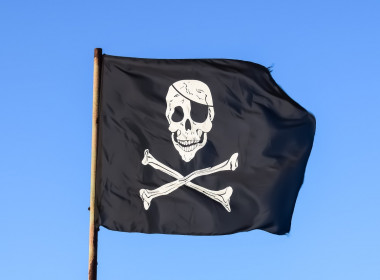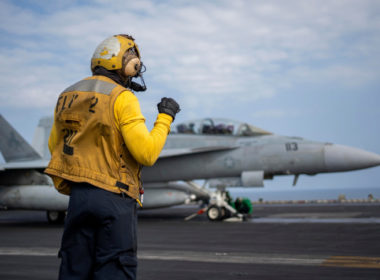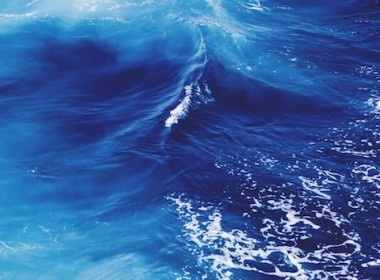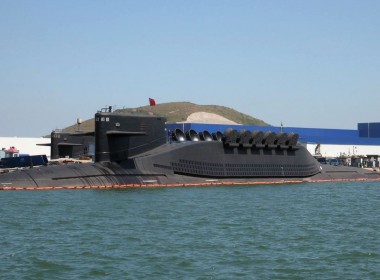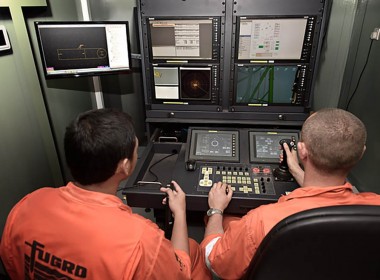COLUMN | Red Sea crisis: What’s really going on and who are the participants? [Naval Gazing]

The greatest maritime security problem currently facing the world is the campaign of attacks on merchant shipping in the Red Sea and its environs by Yemen’s Houthi rebels.
The campaign is adding costs and is delaying too many ships’ voyages, as they now often have taken a much longer route around the Cape of Good Hope.
Why are the Houthi fighters attacking merchant ships? This subject is being hotly debated by analysts. Likely motives include a desire to dilute support within the international shipping sector for the Israeli military campaign and to punish the West by causing a radical increase in shipping costs, as traffic in what is a very busy international shipping route is diverted away from the Red Sea for safety reasons.
Another under-reported factor might be an attempt to distract from the very poor financial and administrative situation in many areas of Yemen that are already under Houthi control.
Attackers and their armament
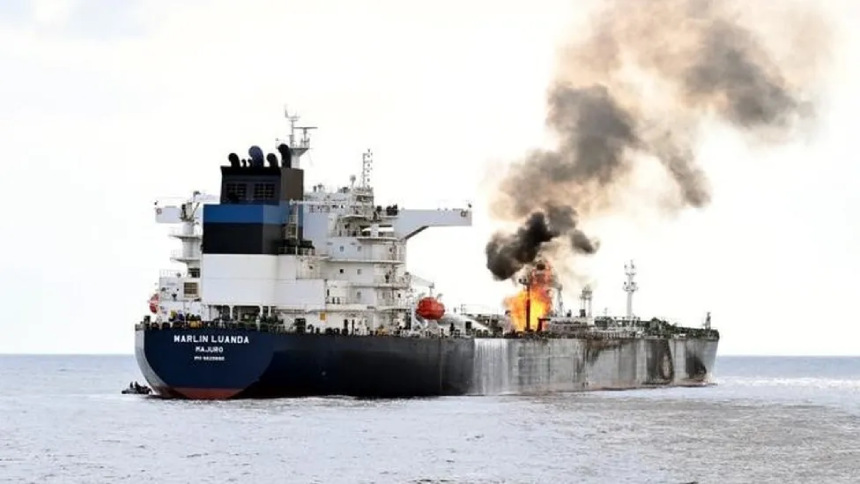
The Houthi fighters are in effect the military arm of a theological movement dedicated to removing what it sees as a corrupt and irreligious Yemeni administration. Reports indicate that it is supported by the Iranian government and possibly by China and Russia. The fighters are well-funded and equipped with a range of offshore-capable weaponry including Fateh 110 ballistic missiles, Iranian reverse-engineered, Chinese-designed cruise missiles, and Iranian-manufactured Shahed drones.
Most weaponry is supplied from Iranian-linked sources, and deliveries continue via a range of convoluted smuggling routes. Some attacks have also been perpetrated by armed fighters in small craft.
Houthi attacks are facilitated by land-based radars. Analysts believe that some sympathetic regional powers might also be providing the rebels with relevant intelligence.
There have been more than 40 attacks on merchant ships. Most have hit their targets, but such vessels, because of their large size and watertight internal sub-division, are difficult to sink. There have also been no reports of total losses, although some ships have incurred serious damage. Nonetheless, the escalating number of attacks has caused Washington to set up a dedicated operation, dubbed Operation Prosperity Guardian.
Participation in maritime operations against the Houthi fighters requires walking a political tightrope. National electorates’ views on Israel’s military campaign and Palestinian independence can influence governmental responses. As a result, there is a considerable reluctance within the international community to become operationally involved in Prosperity Guardian. The following nations have reportedly signed up to the operation:
- US
- UK
- Australia
- Canada
- Denmark
- Germany
- Greece
- Netherlands
- New Zealand
- Norway
- Seychelles
- Singapore
- Sri Lanka
Many of these countries have so far supplied only administrative and planning staff as well as logistic support.
Combatant vessels from Prosperity Guardian participants known to be on station in the region are the US Navy aircraft carrier Dwight D. Eisenhower and the escorting destroyers Mason, Gravely, and Laboon and the British Royal Navy air defence destroyer Diamond while the British frigate Richmond is on passage to join the operation. In addition, the French Navy frigate Languedoc is operating in parallel with Prosperity Guardian forces.
For its part, the EU is considering deploying “at least three” warships to the region, and plausible reporting indicates that special operations forces are also now in-theatre.
Political considerations are ensuring that conspicuous by their absence are vessels from China’s Djibouti-based naval contingent and the expanding regional naval powers of Egypt and Saudi Arabia.
Weapons used to combat Houthi attacks
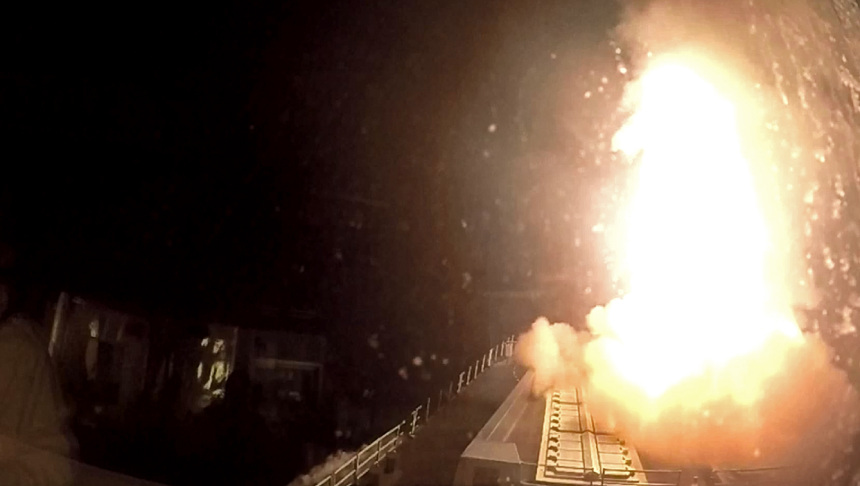
The US destroyers as well as Britain’s Diamond and France’s Languedoc have all been involved in defensive operations against Houthi attacks, successfully downing a large number of drones and missiles. The US warships have launched Standard SM-3 missiles, while Diamond and Languedoc deployed Aster 15 missiles. Richmond has meanwhile recently been upgraded by the fitting of the reputedly highly effective Sea Ceptor air defence missile system.
Ship-mounted guns have also destroyed incoming Houthi projectiles. London has confirmed that Diamond has successfully used its radar-controlled, remotely fired 30mm cannon to successfully engage incoming drones.
The outlook for maritime security in the Red Sea can only be described as grim, with domestic politics likely to continue to hamper an effective joint response to what is proving to be a successful offshore terrorism campaign. All this is happening while the resources that will form the vast warship armada needed to police the 2,200 kilometres of Yemeni coastline are simply not available.


